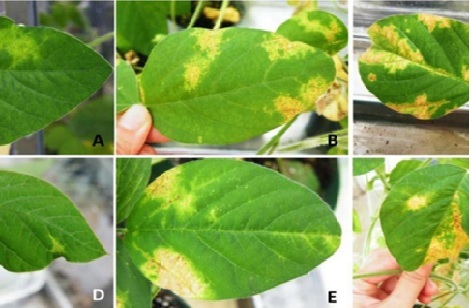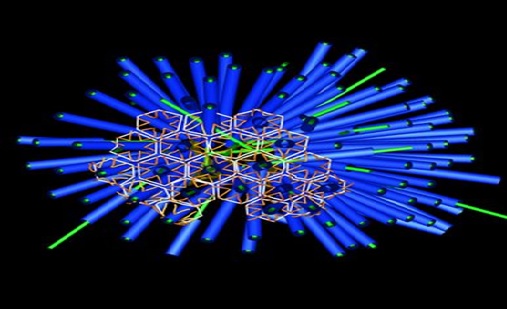New Clues into a Serious Neurodegenerative Disease
Dementia encompasses a range of neurodegenerative conditions that lead to memory loss and cognitive deficiencies and affect some 55 million people worldwide. Yet despite its prevalence, there are few effective treatments, in part because scientists still don’t understand how exactly dementia arises on a cellular and molecular level.
Now, a team led by scientists at Harvard Medical School and Harvard T. H. Chan School of Public Health has made progress in unraveling the mechanism underlying a type of dementia that strikes early in life. [1]

Figure 1. New clues into a serious neurodegenerative disease
Figure 1 shows in Nature Communications, researchers discovered that a genetic form of dementia">frontotemporal dementia (FTD) is associated with accumulation of specific lipids in the brain -- and this accumulation results from a protein deficiency that interferes with cell metabolism.
The results, based on experiments in human brain cells and in animal models, provide new insights into FTD that could inform the design of new therapies. Additionally, the findings highlight a mechanism of metabolic disruption that may be relevant in other forms of neurodegeneration, the researchers said. [2]
There are several different types of dementia, each with complicated genetics that involve various mutations. FTD, characterized by a loss of cells in the frontal and temporal lobes of the brain, accounts for 5 to 10 percent of dementia cases. Often diagnosed in patients between 45 and 65 years old, the genetic forms tend to cluster in families. Around 15 percent of the time, FTD is linked to a specific mutation in the GRN gene, which causes brain cells to stop making a protein called progranulin.
Previous studies have linked progranulin to parts of the cell called lysosomes, which are responsible for cleanup and other metabolic activities in cells. [3]
Now, the researchers are studying several genes linked with lysosomal function, including genes associated with lysosomal storage diseases, to find connections between them. A central remaining question is how progranulin elevates BMP levels in the brain. Additional studies are needed to further elucidate the steps of the mechanism the team uncovered and to explain how lipid accumulation translates into cognitive decline.
"This study demonstrates the power of collaboration and following the science," Walther said. "By using the right tools and asking the right detailed questions, you can sometimes uncover things that are unexpected.
References:
- https://hms.harvard.edu/news/new-clues-serious-neurodegenerative-disease
- https://www.dtnext.in/wellbeing/2022/10/30/study-sheds-light-on-new-clues-into-a-serious-neurodegenerative-disease
- https://theprint.in/health/study-sheds-light-on-new-clues-into-a-serious-neurodegenerative-disease/1187075/
- https://www.sciencedaily.com/releases/2022/10/221028140720.htm
Cite this article:
Hana M (2023), New Clues into a Serious Neurodegenerative Disease, AnaTechmaz ,pp153















